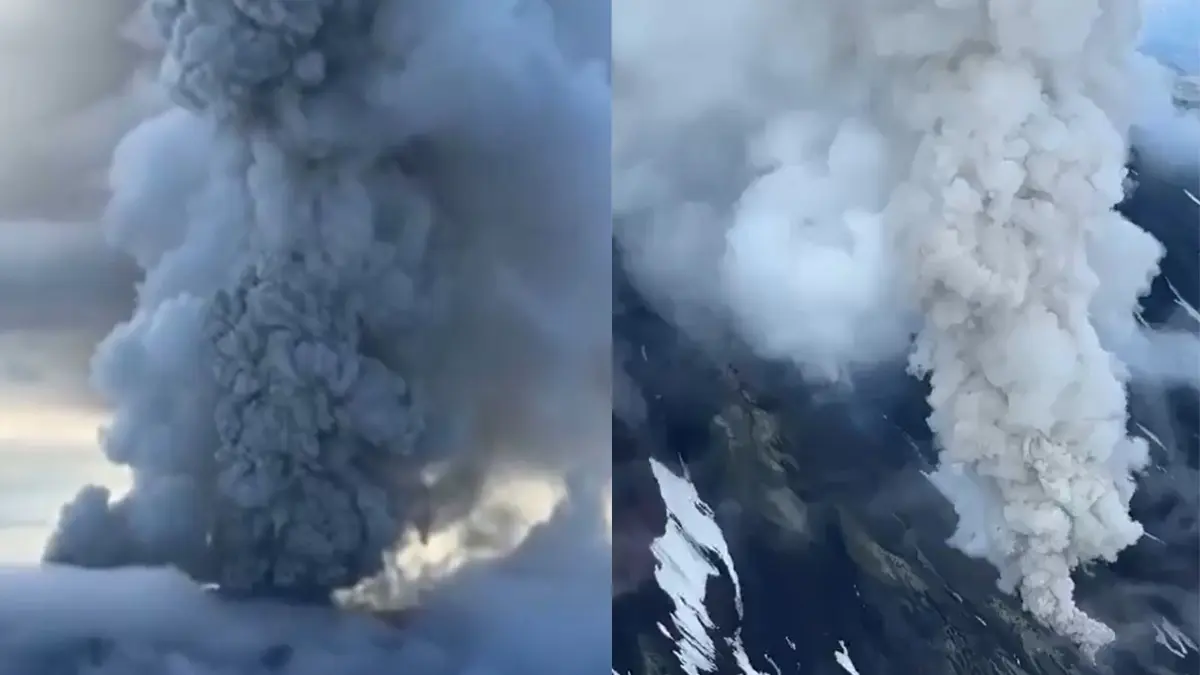Updated 3 August 2025 at 17:45 IST
After 600 years, Kamchatka’s Krasheninnikov volcano erupted, sending ash 6km high. No populated areas affected.
Follow :

Kamchatka’s Krasheninnikov Volcano Erupts After 600 Years | Image:
X
Kamchatka: The Krasheninnikov volcano in Russia’s far-eastern Kamchatka Peninsula erupted overnight for the first time in 600 years.
The eruption began at 2:50 AM local time, sending a massive ash plume soaring up to 6,000 meters (3.7 miles) into the sky according to Kamchatka’s Ministry of Emergency Situations.
Authorities confirmed that the ash cloud is drifting eastward over the Pacific Ocean, posing no immediate threat to nearby settlements.
“There are no populated areas along its path, and no ashfall has been recorded in inhabited localities,” the ministry stated.
Russian state media released dramatic images of the towering ash column, marking the first eruption of the volcano since 1463, as per the Smithsonian Institution’s Global Volcanism Program.
The eruption has prompted an orange aviation alert due to potential hazards to aircraft. Scientists are investigating whether the volcanic activity is linked to a powerful 8.7 magnitude earthquake and subsequent aftershocks that rattled the region earlier this week, triggering tsunami warnings across the Pacific.
The event follows another eruption on Wednesday from Klyuchevskoy, the tallest active volcano in Eurasia, located in the same volcanic belt. Unlike Krasheninnikov, Klyuchevskoy is highly active, with at least 18 recorded eruptions since 2000. The Russian Academy of Sciences’ United Geophysical Service reported lava flows descending its slopes, accompanied by intense explosions and a visible glow.
These geological disturbances come in the wake of one of the strongest earthquakes in recent history, which struck on Wednesday and forced mass evacuations from Japan to Hawaii and Ecuador. In Russia, the quake triggered a tsunami that inundated the port of Severo-Kurilsk, severely damaging a fishing plant.
Published 3 August 2025 at 17:44 IST

